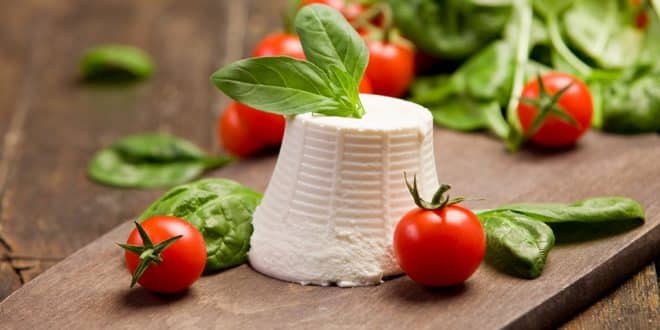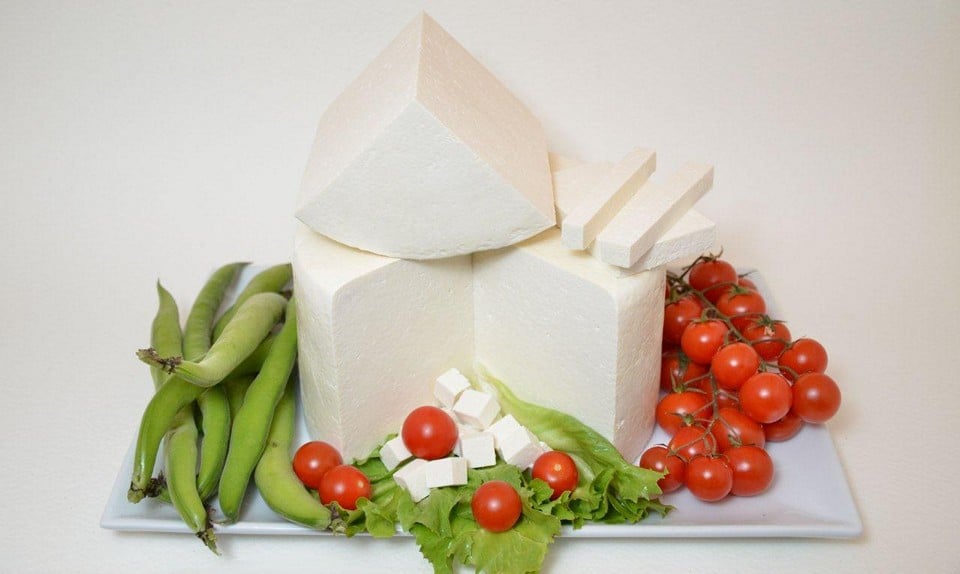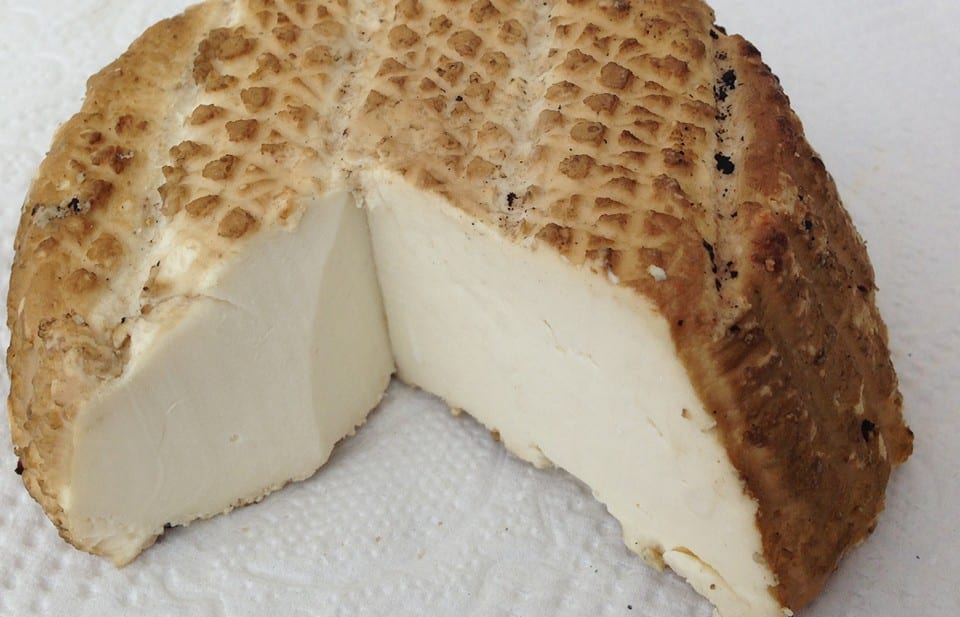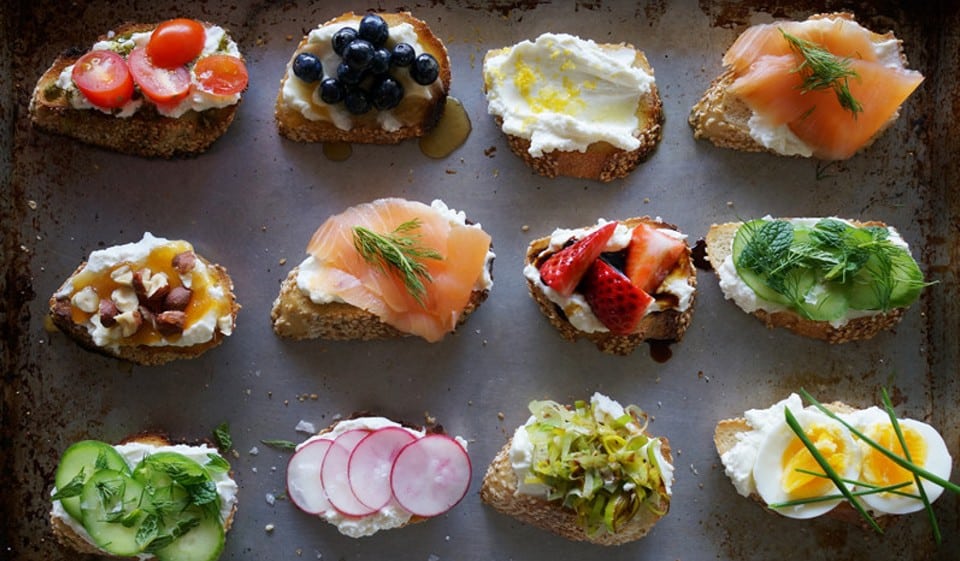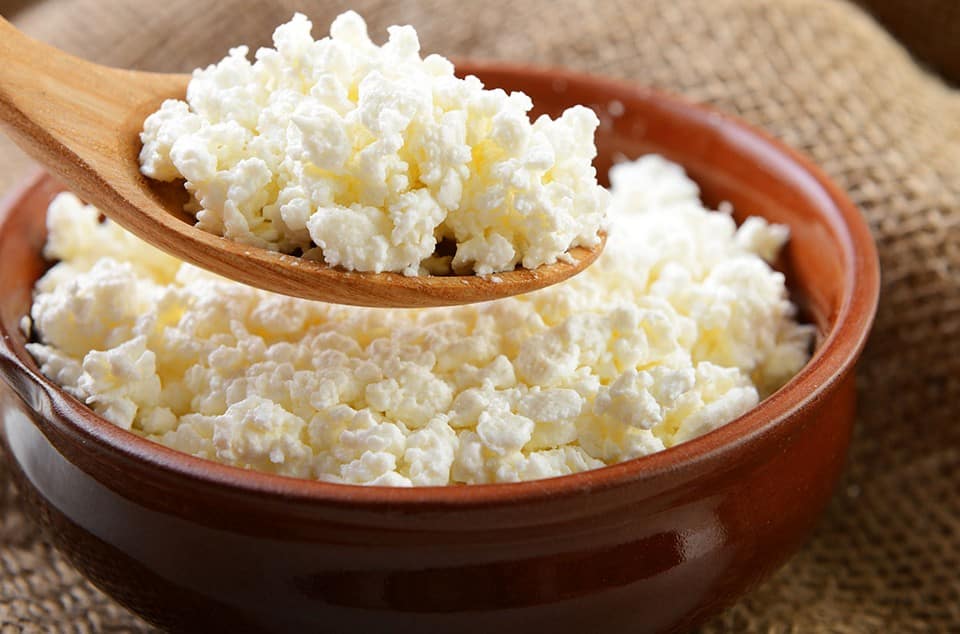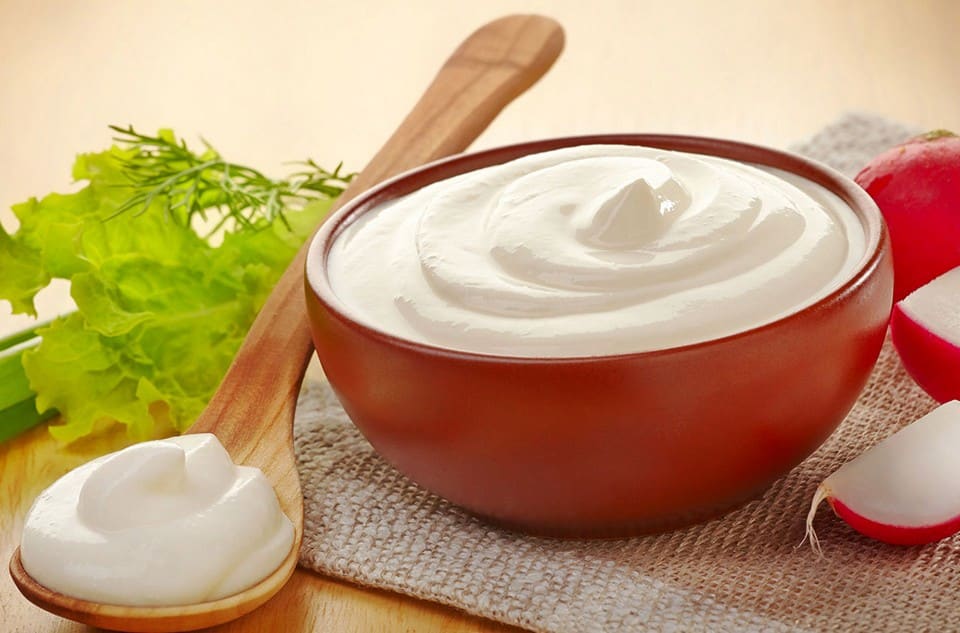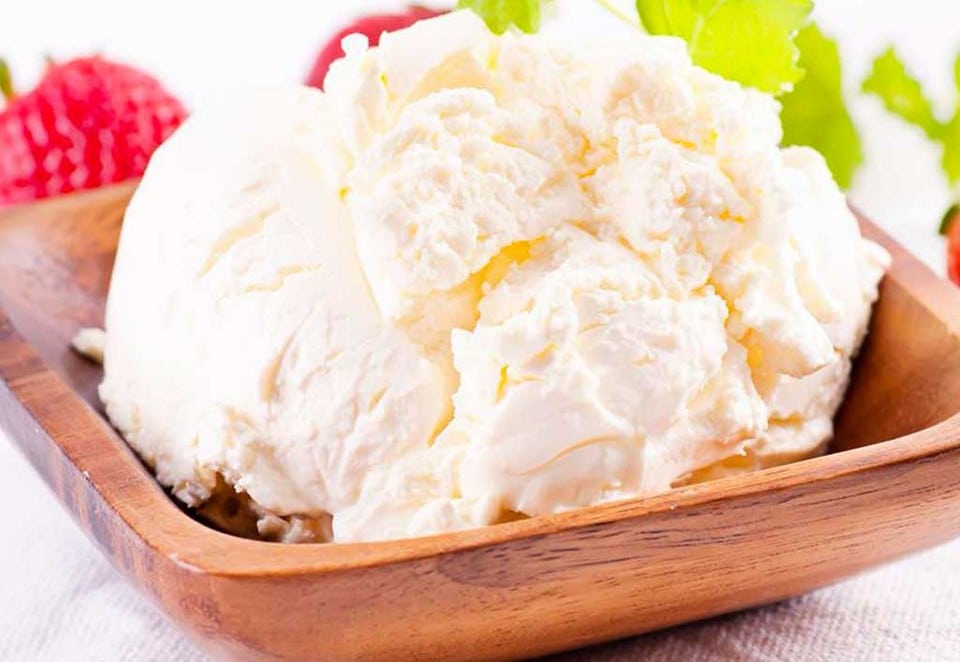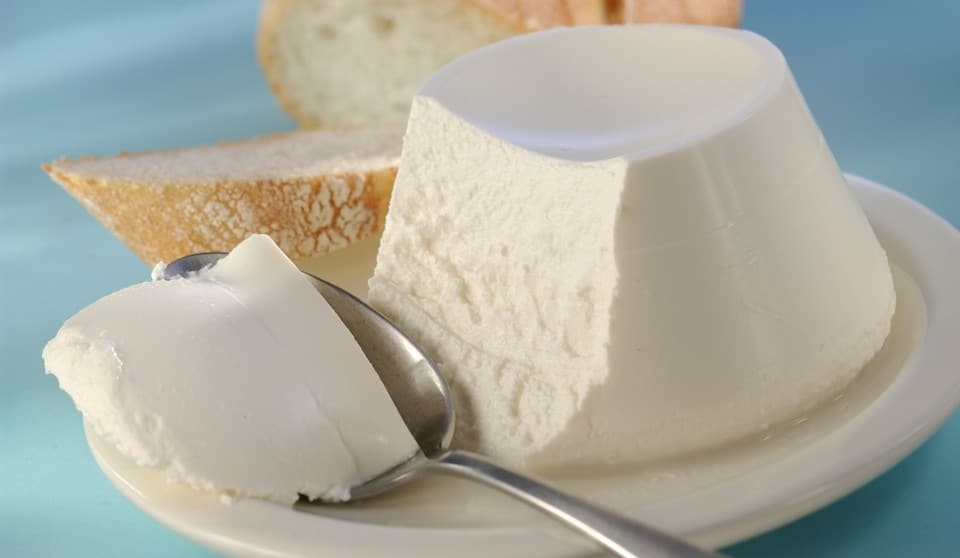Ricotta is a traditional Italian whey cheese. In the culinary world, there is an unwritten rule that has emerged from experience: “Don’t throw away anything you don’t need!” Ricotta is a classic example of this. It is made from the whey leftover from the production of other cheese varieties. Hence the name “Ricotta,” which means “recooked” in Italian. Although it is not technically a cheese, it is commonly referred to as such worldwide.
We won’t deviate from the norm either and will tell you everything you’ve ever wanted to know about this amazing product.
Page Contents
History of its Origins
The production of Ricotta in the territory of present-day Italy is believed to have started as early as the Bronze Age. In the second millennium BCE, cheese-making from whole milk was widely practiced in these regions. The presence of numerous ancient cauldrons for curdling and heating milk, as well as the discovery of cheese graters, confirms this fact.
The increase in cheese production led to a surplus of whey, which prompted cheesemakers to develop a new recipe based on whey. Ricotta began to be prepared from whey with a small addition of milk, just as it is done today.
Writers describing ancient Roman agriculture do not mention Ricotta. Most likely, this is because the unprofitable production and short shelf life prevented whey cheese from reaching large markets. There is a supposition that it was a food primarily consumed by shepherds.
- In the 2nd and 3rd centuries BCE, the statesman Cato the Elder legislatively regulated the use of sheep’s milk for the production of pecorino cheese and Ricotta.
- It is described how Frederick II, the King of Sicily in the 13th century, while passing by the house of a dairy farm owner with his hunting party, stopped to try Ricotta and was delighted by it.
- The first written mention of Ricotta-making techniques can be found in the medieval medical treatise on a healthy lifestyle called “Tacuinum sanitatis.”
- In 1548, in Ortensio Lando’s book, a fictional character travels to a village near Pisa to buy the “best Ricotta in the world.”
- On May 13, 2005, “Ricotta Romana” cheese was legally classified as a cheese with a protected designation of origin (DOP).
Cooking technology
The process of making Ricotta has remained unchanged since its inception. The first step involves heating the whey (sometimes with additional acidification) to 85-90 degrees Celsius (185-194 degrees Fahrenheit), causing the albumin and globulin to coagulate and float to the surface. Once full coagulation is achieved, heating is stopped, and the mass is cooled. Then the curd is transferred to cone-shaped baskets to remove excess moisture for 8-24 hours. Traditionally, willow baskets were used for cheese production, but nowadays plastic and metal baskets are used. Afterward, this cheese is transferred to dry, cool rooms.
Since whey contains little protein, various methods are used today to produce Ricotta by mixing different types of whey with milk.
Types of Ricotta
Let’s consider the different types of Ricotta:
- Ricotta Romana – produced from sheep’s whey left over from the production of Pecorino Romano cheese, with the addition of whole milk from sheep grazing exclusively in the pastures of Tuscany (Toscana). The cheese has a grainy texture, a white color, and a sweet taste.
- Ricotta di Bufala – made from whey and milk from water buffaloes in the provinces of Campania, Lazio, Puglia, and Molise. The cheese, resembling white porcelain, does not have a rind. It has a creamy and soft texture with a delicate, slightly sweet taste.
There is another classification of Ricotta based on the age of the cheese:
- Ricotta Salata – translates to “salted Ricotta.” It is produced in Sicily (Sicilia), Sardinia (Sardegna), and several regions of mainland Italy. The curd is pressed, salted, and aged for about 3 months. The cheese has a creamy white color, a soft and pliable consistency, and a slightly salty and milky taste. Sometimes Ricotta Salata is aged for a year or more, resulting in a hard cheese suitable for grating.
- Ricotta Infornata – made by baking fresh Ricotta in the oven until it develops a brown (sometimes dark brown) crust. The cheese mass acquires a pale golden color. Traditionally, this cheese is eaten fresh.
- Ricotta Affumicata – similar to the previous type, it undergoes a heat treatment. The process takes place in smokehouses using oak, chestnut, or juniper wood. The rind of the Ricotta cheese has a reddish-golden color, and it has a milky taste with a smoky aroma.
- Ricotta Forte, also known as Ricotta Scanta – produced from different types and combinations of milk (cow, goat, sheep, buffalo). The cheese is aged for about a year, during which it is stirred every 2-3 days to prevent the growth of mold. The result is a soft brown paste with a sharp, pungent taste. This type of Ricotta is sold in glass jars.
How and with what do you eat, Ricotta – what is it used for?
Ricotta forte, affumicata, and infornata are often enjoyed on their own. They pair well with bread, fruits, and wine.
Fresh Ricotta, on the other hand, can be used in a variety of dishes. It is added to cheesecakes, pasta, sauces, lasagna, pizza, meat pies, sweet pastries, and desserts.
Here are 5 incredibly delicious ways to eat this cheese:
- Place it in a bowl, drizzle with olive oil, sprinkle with salt, pepper, and breadcrumbs, and enjoy a delightful start to your day.
- Spread it on an omelet for a top-notch scrambled eggs experience.
- Whip it with powdered sugar, chocolate shavings, and vanilla for an incredibly smooth dessert.
- Mix it with diced watermelon, avocado, and seeds for an unusual fruit salad that will surprise your taste buds.
- Spread it on black bread, top with lettuce leaves and finely chopped tomatoes, season with salt and pepper to taste, and your “Clouds in Pants” sandwich is ready to be savored.
Caloric Content and Benefits
Cheese has a relatively low caloric content, with just 134 kcal per 100g. Here’s the nutritional breakdown:
- Protein: 9.3g
- Carbohydrates: 2.9g
- Fat: 9.5g
Ricotta is generally considered one of the healthiest cheeses due to its low fat content compared to other varieties.
It is an excellent source of beneficial nutrients. Consuming 150g of Ricotta provides:
- 28% of the daily protein requirement for muscle maintenance.
- 26% (257mg) of the daily calcium requirement for strong bones, teeth, hair, and skin.
- 139mg of Omega-3 and 339mg of Omega-6 fatty acids, which help prevent cancer and cardiovascular diseases.
- Essential minerals: selenium (26%), phosphorus (20%), zinc (10%). Selenium protects the body against free radicals that can lead to tumor formation.
- 16% of the daily vitamin A requirement, promoting healthy vision and immune system function.
- 15% of the daily vitamin B12 requirement, crucial for normal nervous system functioning.
Substitutes in Recipes
Ricotta cheese is a common ingredient in many culinary recipes. However, it may not always be readily available in every kitchen. Let’s explore some everyday products that can be used as substitutes for Ricotta.
Cottage Cheese
When substituting for it, opt for cottage cheese with a creamy, smooth consistency and a mild flavor. This type of cottage cheese works well in dishes like lasagna.
Sour Cream
Choose sour cream with a thick consistency when substituting for it. This substitute is ideal for sauces and baked goods.
Mascarpone
Mascarpone is the Italian cousin of Ricotta, but it is much richer in fat. Before using it as a substitute, whip the mascarpone and combine it with aromatic spices for sandwiches, pasta, and lasagna.
Cream Cheese
Any variety of cream cheese can be a good alternative to Ricotta. It can be incorporated into cheesecakes and other desserts.
The best substitute for commercially available Ricotta is homemade Ricotta, and we will discuss the recipe for it in another article.
Price in Italy
The price of cheese in Italy can vary, but it generally falls into the medium price range. In Italian stores, you can buy this cheese for approximately 6 to 10 Euros per kilogram.
We hope that by reading this article, you have quenched your thirst for knowledge about Italian cheese. And remember, “Not everything spread on bread is Ricotta!” Bon appétit, dear friends!
Interesting Facts about Ricotta
- Ricotta, meaning “recooked” in Italian, is a versatile cheese that is not actually made from curds like most cheeses. Instead, it is made from the whey leftover from other cheese production, giving it a unique texture and mild, creamy flavor.
- Ricotta is known for its ancient origins, dating back to Roman times. It was highly valued by the Romans and often used as an offering to the gods. The recipe and techniques for making this cheese have been passed down through generations, preserving its traditional craftsmanship.
- Despite its name, Ricotta is not limited to just Italian cuisine. It has become popular worldwide and is used in various dishes, both sweet and savory. From classic Italian cannoli and lasagna to fluffy pancakes and creamy cheesecakes, cheese adds a delightful richness and creamy texture to countless recipes.
- Ricotta is a nutritious cheese option. It is lower in fat and calories compared to many other cheeses, making it a healthier choice. It is also an excellent source of protein, calcium, and essential vitamins and minerals, contributing to bone health and overall well-being.
- Did you know that Ricotta can be made from different types of milk? While cow’s milk is commonly used, Ricotta can also be made from sheep’s milk or a combination of the two. Each variation imparts its own distinct flavor profile, allowing for a range of taste experiences.
- Ricotta’s versatility extends beyond savory and sweet dishes. It can also be used as a substitute for other dairy ingredients. For example, you can replace cream cheese with this cheese in certain recipes or use it as a creamy filling for stuffed pasta shells instead of the traditional meat-based fillings.
- Ricotta is not just for adults; it is also a favorite among children. Its mild flavor and creamy texture make it a kid-friendly cheese option. You can use it as a spread on sandwiches, a filling for homemade pizza, or even mix it with fruits and honey for a delicious and healthy snack.
 Italy for me From Italy with love
Italy for me From Italy with love

